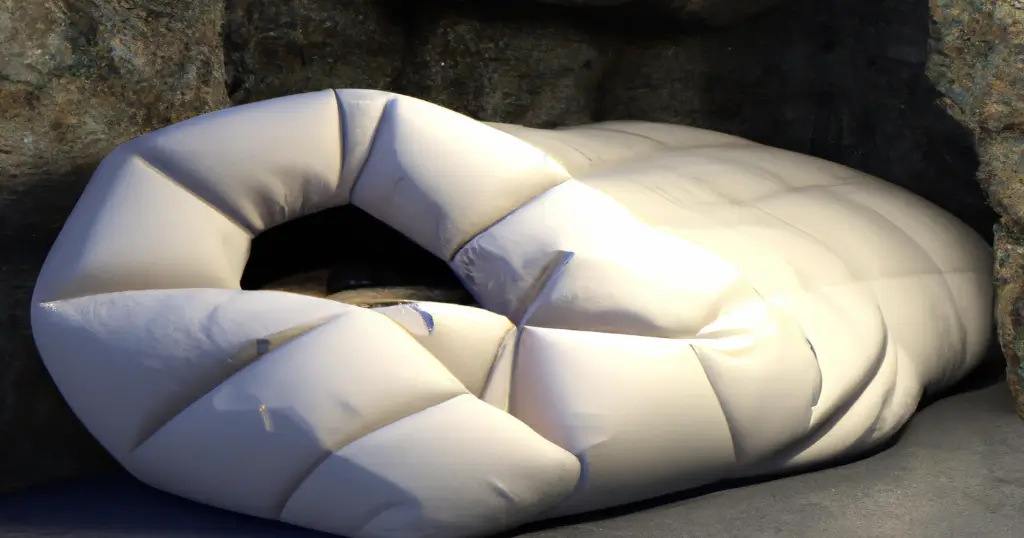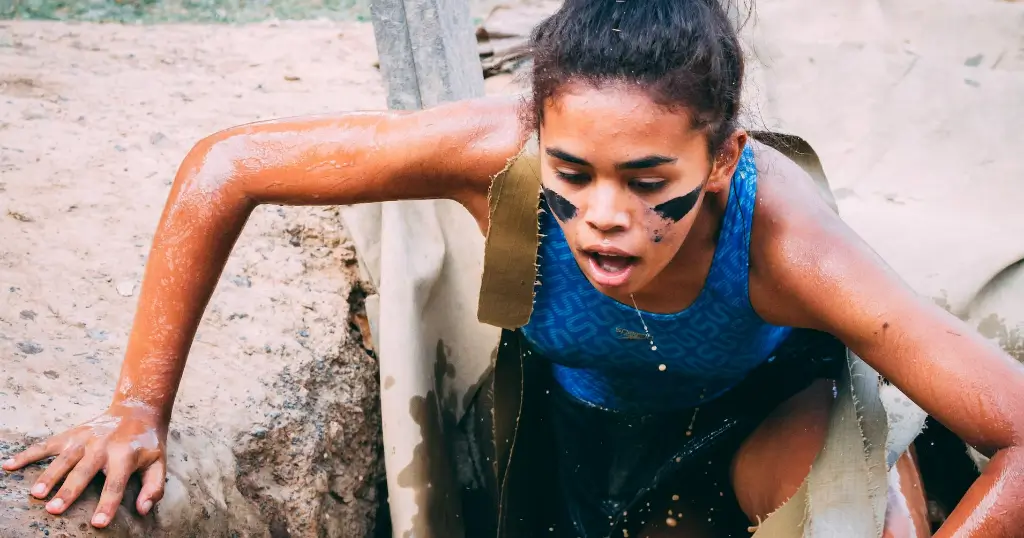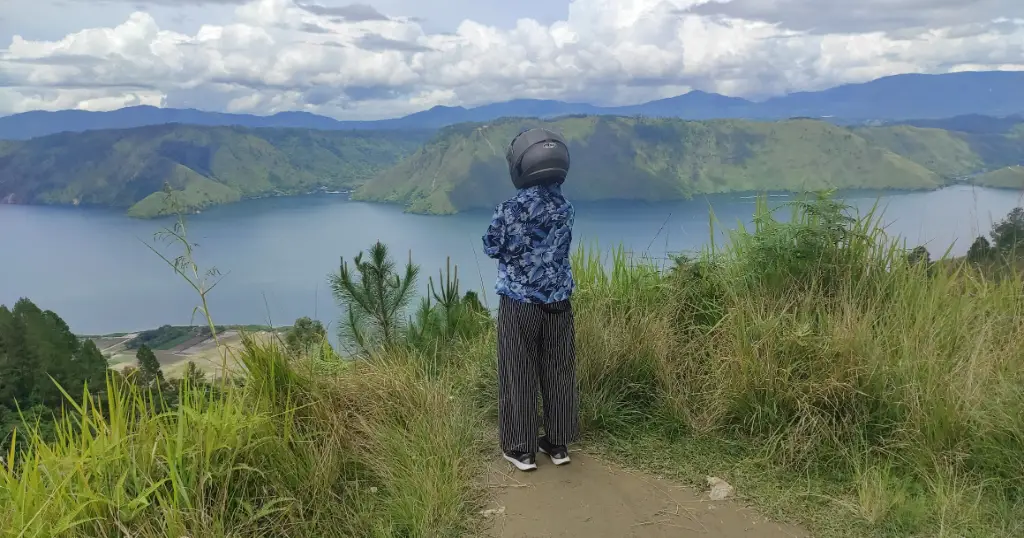Sleeping in a cave is a unique experience for all thrill seekers out there. Technically, you could hop on Airbnb or book a fancy cave hotel to scratch this one off your bucket list. But in our eyes, that doesn’t really count. This guide focuses on sleeping in actual caves that don’t come with Netflix and Alexa!
Is it legal to sleep in caves?
You could assume it is unless stated otherwise. In the U.S., the most stunning caves to sleep in are part of the National Park. The National Park Service responsible for the oversight of these caves often only permits camping at designated camping grounds on the park to minimize human impact.
Nevertheless, there are likely still plenty of caves that are not regulated by a governmental body. Beware, though, that sleeping in these caves may be dangerous. You may get lost or stuck, and if you do, it may take a long time before help arrives. In addition, some caves are not visited for a good reason. Please read the dos and don’ts section of this article.
Which caves can you sleep in?
There are likely thousands of caves that you could potentially sleep in. But here are some noteworthy caves all around the world that offer opportunities for spectacular overnight stays.
- Phong Nha Cave, Vietnam (3rd largest cave worldwide)
The Phong Nha Cave is massive and only accessible by boat. You can take an epic 2-day trip through this cave. This cave is 100 meters high and features an aquamarine lake with a sandy beach. This beach is also where the tents are located. If you prefer sleeping in caves alone, this one is probably not for you. But for first-timers, this is an experience you will never forget.
- Worley’s Cave, Bluff City, TN
There are plenty of cave systems in Tennessee, but this is perhaps the most famous one. Worley’s Cave allowed you to book a cave tour and spend a weekend underground afterwards. There are several thousand feet of caverns, nooks and tunnels ready to be explored. If you don’t like sleeping dirty, you can return to the cave entrance to take a refreshing shower.
- Cumberland Caverns, TN
The Cumberland Caverns were first discovered in 1810 and is still one of the biggest cave systems in the U.S., with a total length of around 27 miles. The Caverns are also protected as a National Natural Landmark. Camping in the Cumberland Caverns is an exciting yet safe adventure that will cost you around $50 per person for two nights. Tents are not allowed inside these caves.
- Priest’s Hole, UK
The Priest’s Hole is located on the Dove Crag. It is one of the most famous wild camping spots in all of England. It is a small cave located along the hiking path to the summit of Dove Crag; a small man-made stone wall will protect you from the elements. If you are keen on sleeping in a cave but easily get claustrophobic, this may be the cave for you. It is also completely free!
What does sleeping in a cave feel like?
We have slept in caves in the U.S., as well as in Vietnam before, and the experience is never the same. The common denominator: It’s dark, cold, and damp, but also a great way to bond with fellow adventurers. .
Fortunately, the temperature is extremely stable, especially in the deeper sections of a cave.
Caves can be quiet, but remember that any small noise can be a disturbance as it echoes through the entire cavern. This includes animal noises, water droplets trickling down a stalactite, or team members snoring or farting. If the noises of the water become increasingly loud, it is probably time to bail unless you want to end up as a protagonist in a Netflix series.
Also, beware that some caves are not as empty as they may seem at first glance. Some house insects, lizards, spiders, rats, snakes, bears, or cats.
Sleeping in a cave can be type 1 or type 2 fun, depending on how well you prepare.
Where to sleep in a cave?
You should opt for sleeping in a relatively large cavern with plenty of oxygen. The floor of caves varies. Here are the possible ground conditions from best to worst.
- Dry sand
- Dusty dirt
- Rock
- Mud
Can you run out of oxygen in a cave?
Caves come in all shapes and sizes, so they are difficult to generalize. In most cases, running out of oxygen won’t be an issue. Especially if you only plan on spending one or two nights there. The water streams inside most caves also drag down fresh air with them, making these caves permeable. There are also likely more small cracks that serve as exit and entry points for air than visible with the naked eye.
There are a few hazards that can affect the air quality in a cave:
- In rare situations, there can be a buildup of carbon dioxide in specific sections of a cave, which can result in breathing issues.
- In some situations, caves can be surprisingly dry. Moving around as you sleep can blow lots of dust into the air, which is then inhaled.
- Decomposing bat poop can also cause unpleasant vapors to spread through a cave.
- In more humid caves, fungal spores are an issue.
- Fires can be a hazard (read more about fires below!)
Beware that mines, which are artificially built, are very different. The air doesn’t move around as much and can deteriorate quickly.
Can you light a fire while sleeping in a cave?
Take a look at the morphology of the cave. There should be an upper exit that serves as a natural chimney (most caves lack this feature!). Without any exit above the fireplace for smoke to escape, you will not only deplete oxygen and fill the cave with carbon dioxide and other harmful substances. If you are sleeping, this can easily be life-threatening!
Dos and don’ts of sleeping in caves
Do:
- Obtain your permit, if legally required
- Bring a map of the cave if it’s an extensive system
- Let your family and the local rangers know about your planned stay, including the length of your stay.
- Bring extra batteries for your electronics and at least one additional backup flashlight.
- Bring water and snacks
- Dress in multiple layers of clothing. Preferably old clothing as it will get very dirty.
- Check the weather reports beforehand
- Inform yourself about the animals that live in the cave.
- Wear your helmet at all times.
- Bring knee pads if you will have to crawl a lot.
Don’t:
- Go alone.
- Enter a cave that is prone to flooding, if rain is expected
- Enter caves that are closed for public health reasons.
- Enter private caves without permission.
- Make unnecessary noise, which could wake up bats that are hibernating. This can be life-threatening for kids.



